Why the Latch Matters
A good latch is the foundation of successful breastfeeding. No matter which position you use—cradle, cross-cradle, football hold, or side-lying—the latch should remain consistent. A proper latch ensures that your baby can feed effectively and that you stay comfortable.
Signs of a Good Latch:
- Your baby’s lips are flanged outward, not tucked in.
- Baby’s mouth covers the nipple and as much of the areola as possible, with more of the areola showing above the upper lip than below.
- The angle at which the baby’s lips meet the breast is wide—at least 140 degrees.
- You see movement in the baby’s jaw and temples with each suck.
- There’s only minor initial discomfort that fades quickly—no ongoing sharp pain.
- The baby’s latch requires minimal adjustment and stays in place without slipping.
Signs Your Baby is Feeding Well
Even with a good latch, you want to be sure your baby is actually transferring milk effectively. These cues can help you feel more confident:
During and After Feeding:
- You hear swallowing after every few sucks once your milk has come in.
- Sucking is steady with brief pauses, not sporadic or sleepy.
- Your breasts feel softer after feeding, indicating milk removal.
- You may feel a “letdown” reflex or notice a shift in your baby’s sucking rhythm from fast to slow.
- Your baby nurses 8 or more times every 24 hours.
- The baby latches with ease and stays latched during the feeding.
- Feeding feels like a strong, deep tug—without sharp pain.
Wet & Dirty Diapers:
- Day 1: At least 1 wet diaper
- Day 2: At least 2 wet diapers
- Day 3: At least 3 wet diapers
- Day 4 and beyond: 6+ wet diapers daily, with several stools each day
Weight Gain:
- Expect a slight weight loss in the first few days (no more than 10% of birth weight), with a return to birth weight by around two weeks.
When to Ask for Help
Every baby and parent is different. If something doesn’t feel right—like persistent pain, low diaper output, or trouble latching—don’t hesitate to reach out to a lactation consultant or healthcare provider. Early support can make a big difference.
This article is intended for general informational purposes only and should not be used as a substitute for medical advice, diagnosis, or treatment. Always seek the guidance of your doctor, pediatrician, or a certified lactation consultant with any questions you may have about your or your baby's health
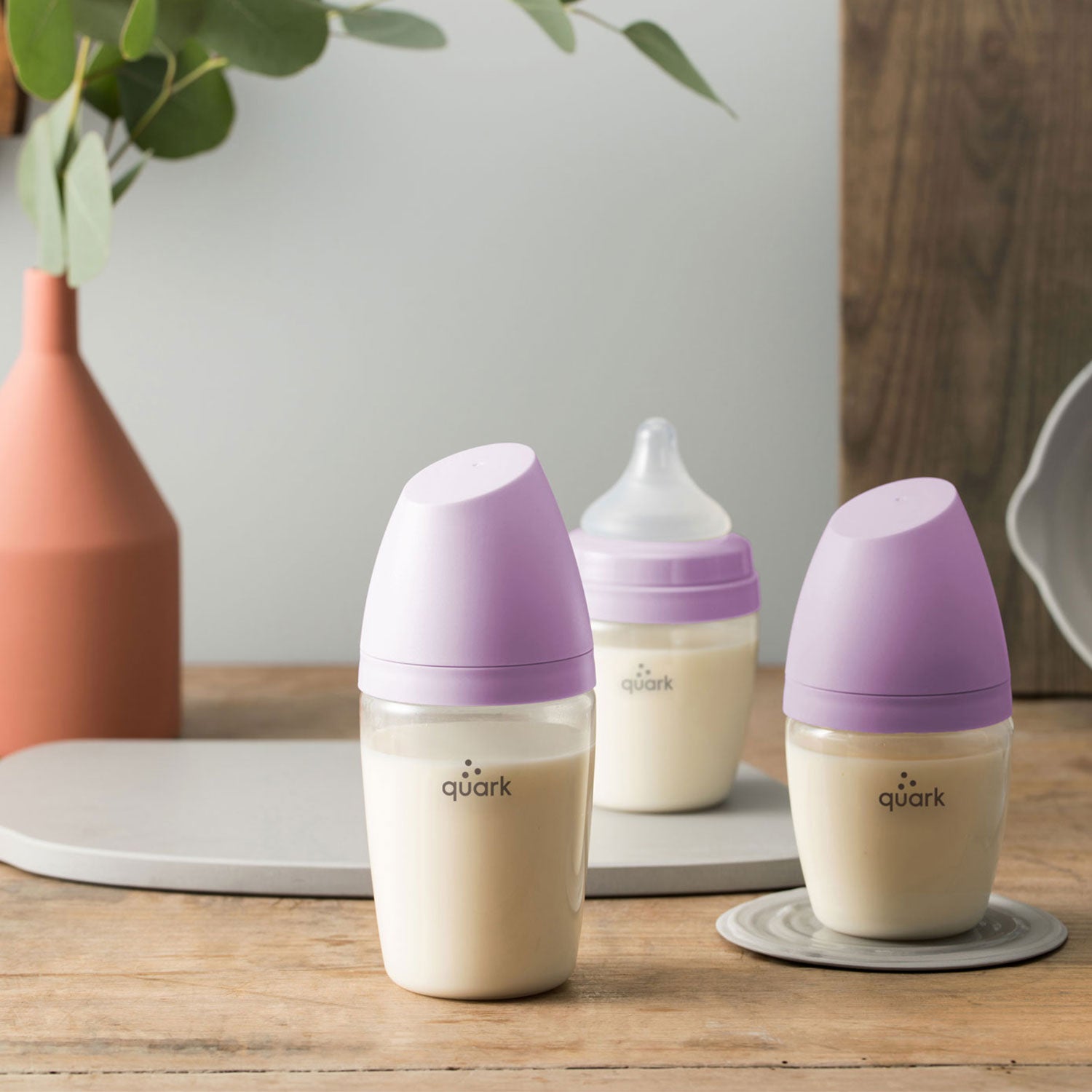




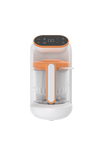
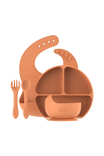
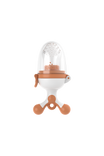
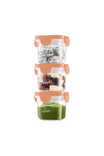
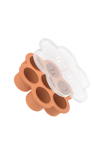
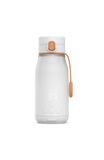
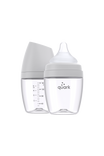
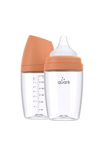
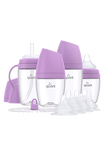
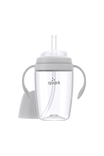
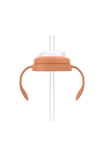
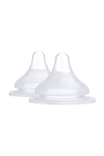
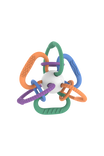
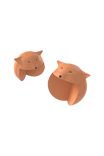
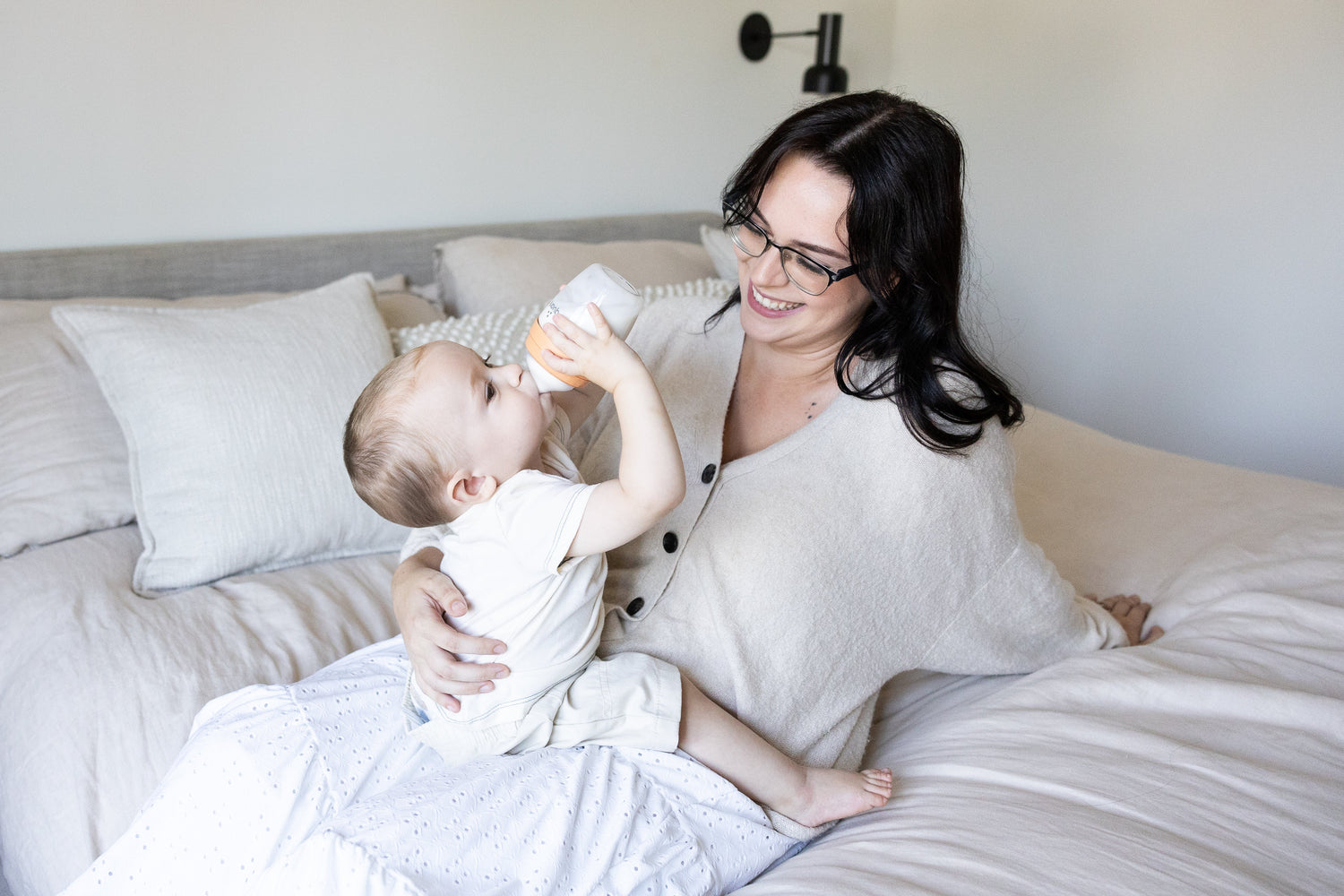


Laisser un commentaire
Tous les commentaires sont modérés avant d'être publiés.
Ce site est protégé par hCaptcha, et la Politique de confidentialité et les Conditions de service de hCaptcha s’appliquent.